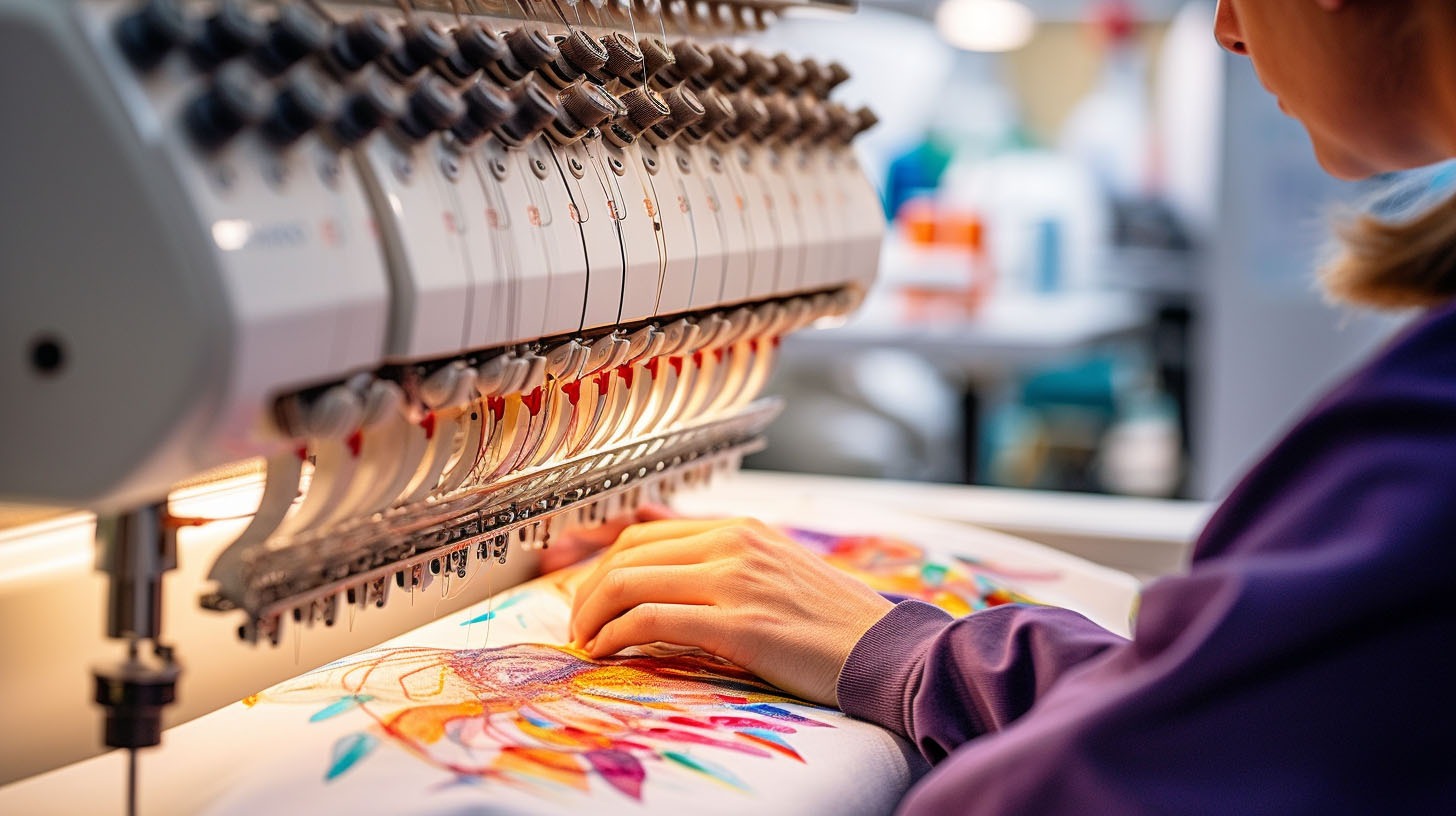Embroidery digitizing is a crucial process in the world of custom embroidery. It transforms a design or artwork into a digital format that can be read by embroidery machines, allowing for precise stitching on fabric. This process bridges the gap between creative design and practical application, ensuring that designs are accurately translated into high-quality embroidered products. In this blog, we’ll explore what embroidery digitizing is, why it’s important, and how it works.
Understanding Embroidery Digitizing
Embroidery Digitizing Defined:
Embroidery digitizing is the process of converting artwork or graphic designs into a digital file format that embroidery machines can understand. This digital file, known as a stitch file, contains instructions that tell the machine how to stitch the design, including the sequence of stitches, thread colors, and stitching techniques.
Importance of Digitizing:
Without embroidery digitizing, it would be impossible to reproduce complex designs consistently and accurately on fabric. Digitizing ensures that the final embroidered product matches the original design in terms of detail, color, and quality. It’s an essential step for creating high-quality, professional embroidery.
The Digitizing Process
1. Preparing the Design:
- Artwork Selection: The process begins with selecting or creating a design. This could be anything from a company logo to a custom graphic. The design should be high-resolution and clear to ensure the best results when digitized.
- File Format: Common file formats used for digitizing include JPEG, PNG, and vector files such as AI or EPS. Vector files are preferred because they are scalable without losing quality.
2. Using Digitizing Software:
- Software Tools: Digitizing is typically done using specialized software programs such as Wilcom, Hatch, or Brother’s PE-Design. These programs convert the design into a format that embroidery machines can use.
- Vectorization: The software traces the design and converts it into a digital format. This involves creating paths or outlines for each element of the design, which are then translated into stitch instructions.
3. Setting Stitch Types and Parameters:
- Stitch Types: The digitizer assigns different types of stitches to different parts of the design. Common stitch types include satin stitches, fill stitches, and running stitches. Each stitch type serves a different purpose and affects the appearance and texture of the final product.
- Stitch Density: Digitizers set the density of the stitches, which affects how closely the stitches are placed. Proper density ensures that the design is clear and durable without being too dense, which can cause fabric puckering.
- Thread Colors: The digitizer assigns thread colors based on the design’s specifications. This ensures that the final embroidery matches the intended color scheme.
4. Testing and Refining:
- Sample Testing: After digitizing the design, we often create a sample embroidery to test its appearance on fabric. This process helps identify any issues with the digitizing and allows us to make necessary adjustments.
- Refinement: Based on the test results, the digitizer may refine the design, adjusting stitch types, density, or colors to achieve the desired outcome. This iterative process ensures that the final embroidery is of the highest quality.
Benefits of Professional Embroidery Digitizing
1. Accuracy and Quality:
Professional digitizing accurately translates the design into a stitch file, preserving the integrity of the original artwork. This results in high-quality embroidery with precise details and consistent results.
2. Consistency:
Digitizing allows for consistent reproduction of designs across multiple items. Whether you’re creating embroidered shirts for a team or patches for a brand, digitizing ensures that each item looks the same.
3. Efficiency:
Digitizing streamlines the embroidery process, making it faster and more efficient. The digital file provides clear instructions to the embroidery machine, reducing the time and effort required for manual adjustments.
4. Customization:
Embroidery digitizing allows for a high degree of customization. We can tailor designs to specific sizes, thread colors, and fabric types, providing a personalized touch for each project.
Common Challenges in Embroidery Digitizing
1. Complexity of Design:
Complex designs with intricate details can be challenging to digitize. The digitizer must carefully manage stitch types and density to ensure that the design translates well onto fabric.
2. Fabric and Thread Variations:
Different fabrics and threads behave differently during embroidery. Digitizers must account for these variations to ensure that the design looks good and performs well on different materials.
3. Design Scaling:
Scaling designs up or down can affect their appearance and quality. Proper digitizing ensures that the design remains clear and accurate, regardless of size.
Conclusion
Embroidery digitizing is a vital step in the custom digital embroidery process, transforming artwork into a digital format that can be used by embroidery machines. By converting designs into precise stitch instructions, digitizing ensures that the final embroidered product is accurate, high-quality, and consistent. Whether you’re creating custom apparel, promotional items, or personalized gifts, understanding and utilizing embroidery digitizing is key to achieving professional results. With the right tools and expertise, you can bring your designs to life with stunning embroidered details.

